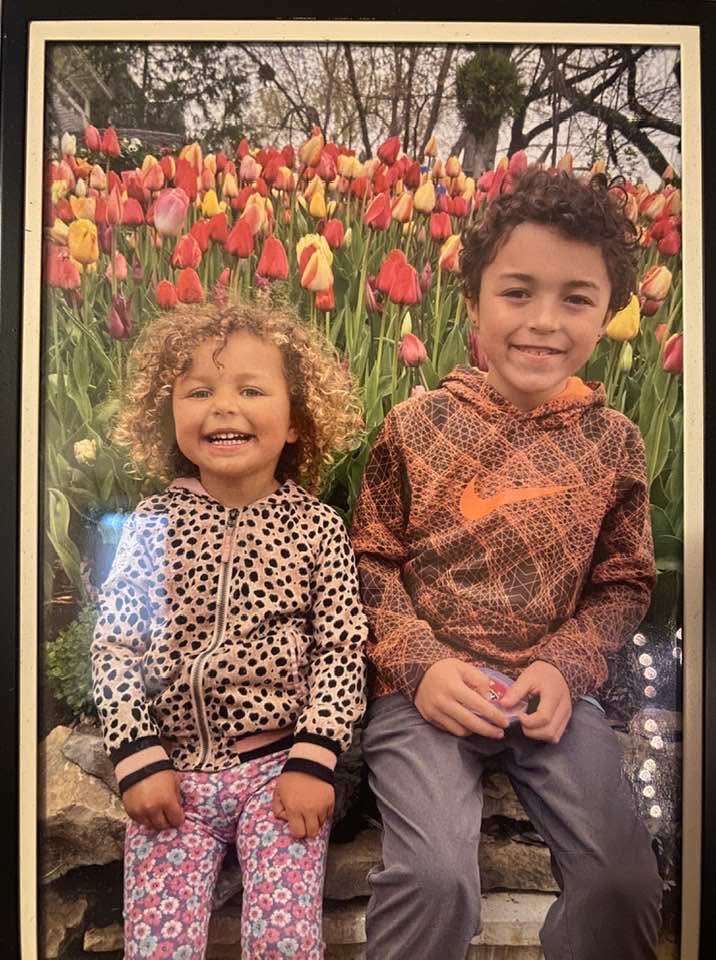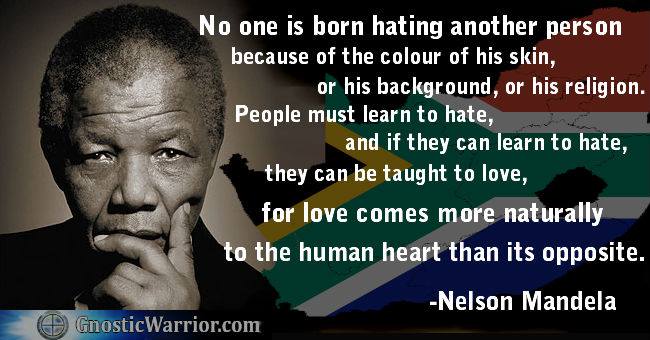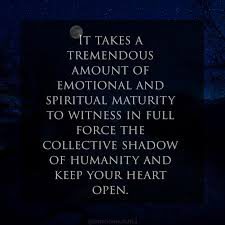Blog
“After silence, that which comes nearest to expressing the inexpressible is music.” ~Aldous Huxley, Music at Night and Other Essays
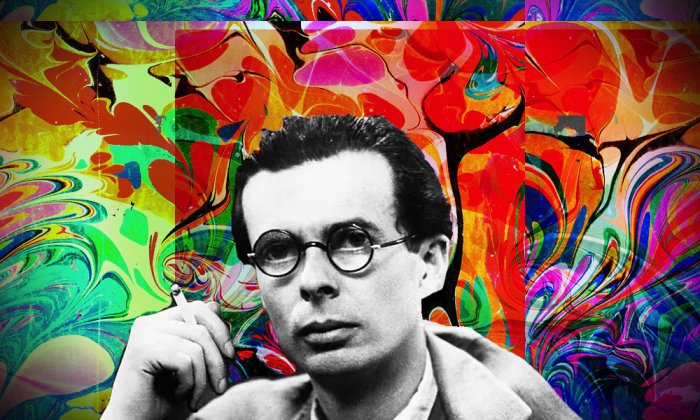
A few songs from the performance left/demo at Episcopal Homes in St Paul on Wednesday 12-4-24
more...Attended SAVOR Friday 12-6-24, a Sephardic Music & Food Experience at Mt Zion yesterday morning hosted by Chef Susan Barocas and Ladino Singer Sarah Aroeste. Wonderful!

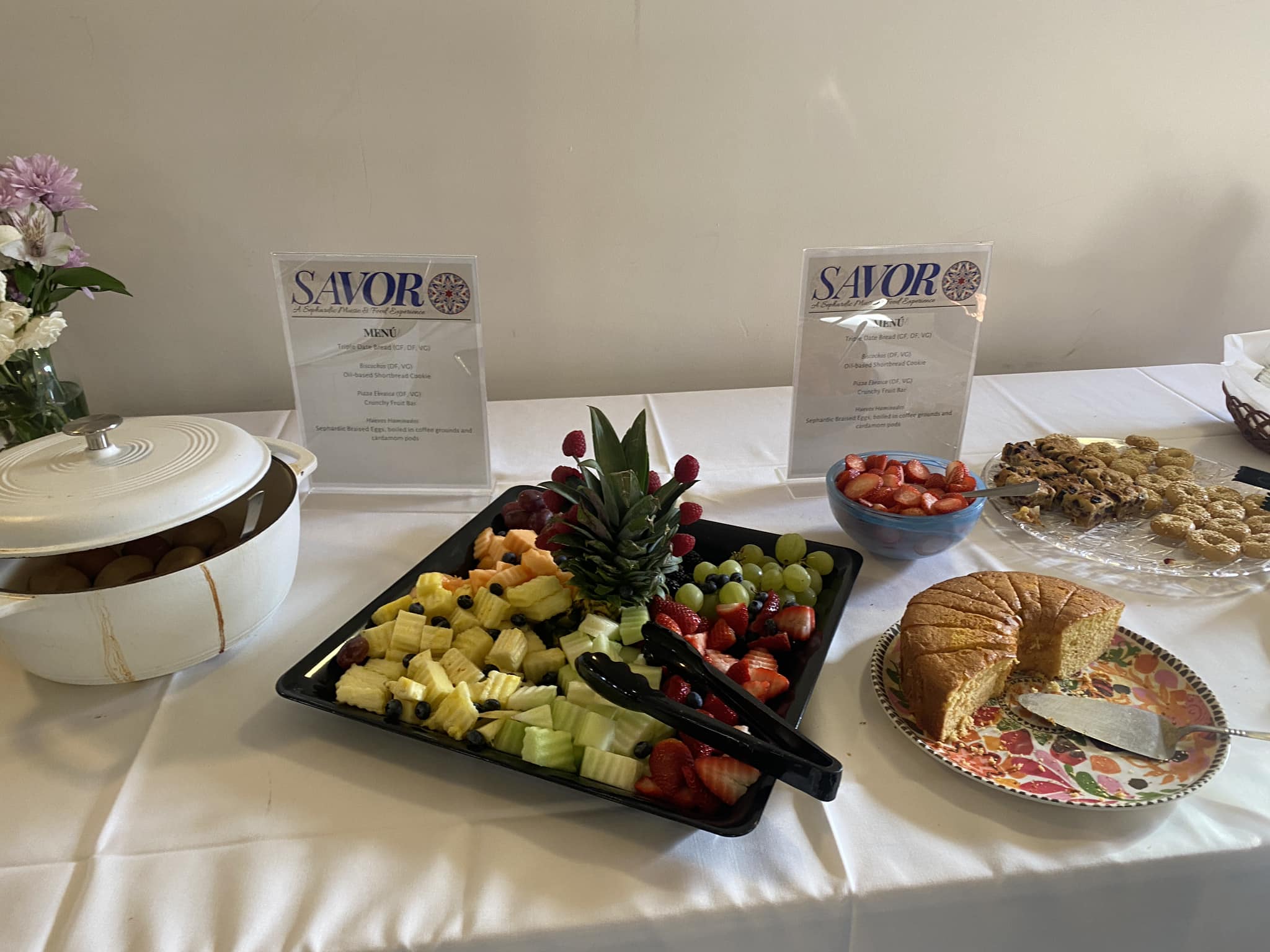
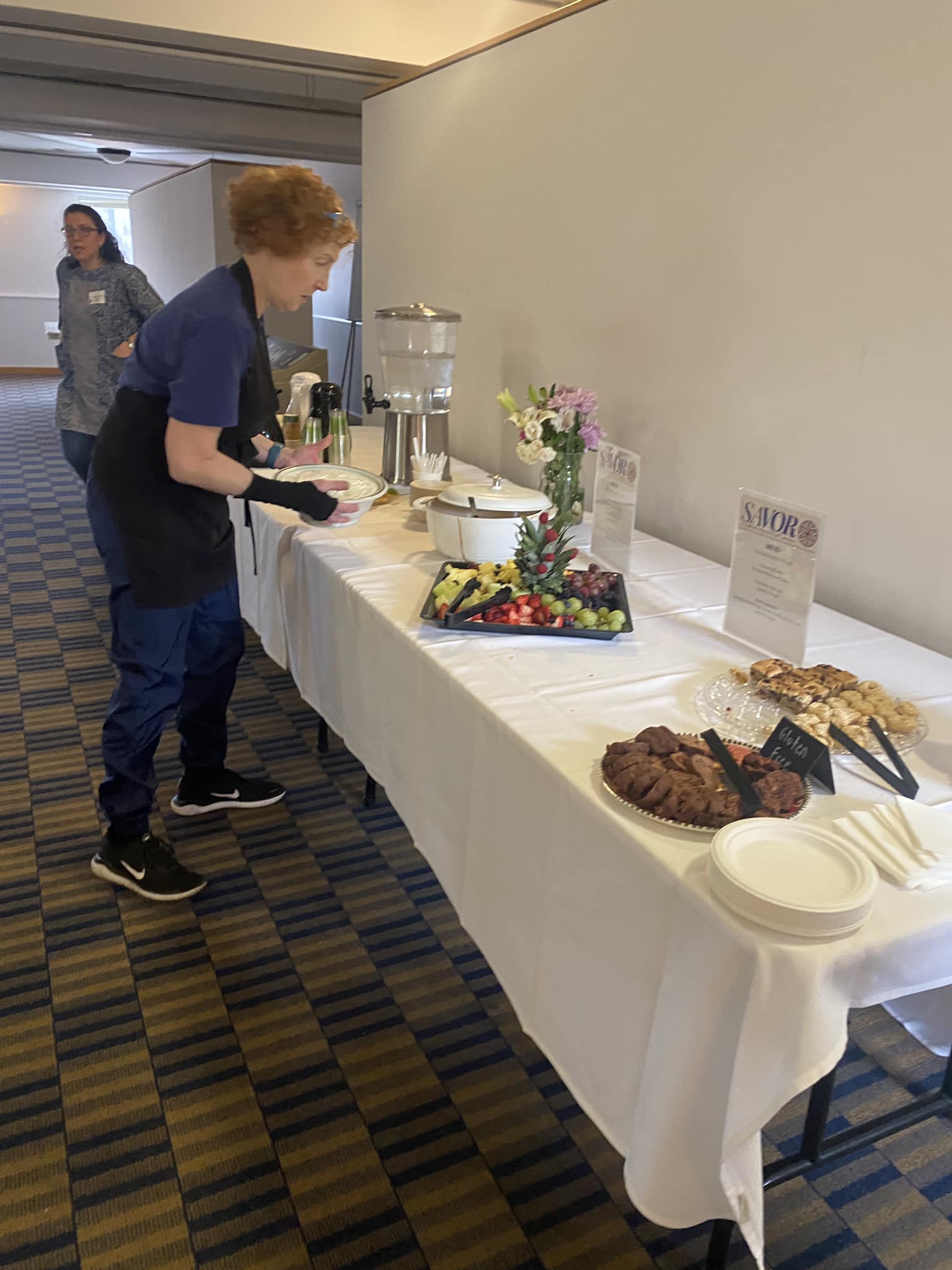
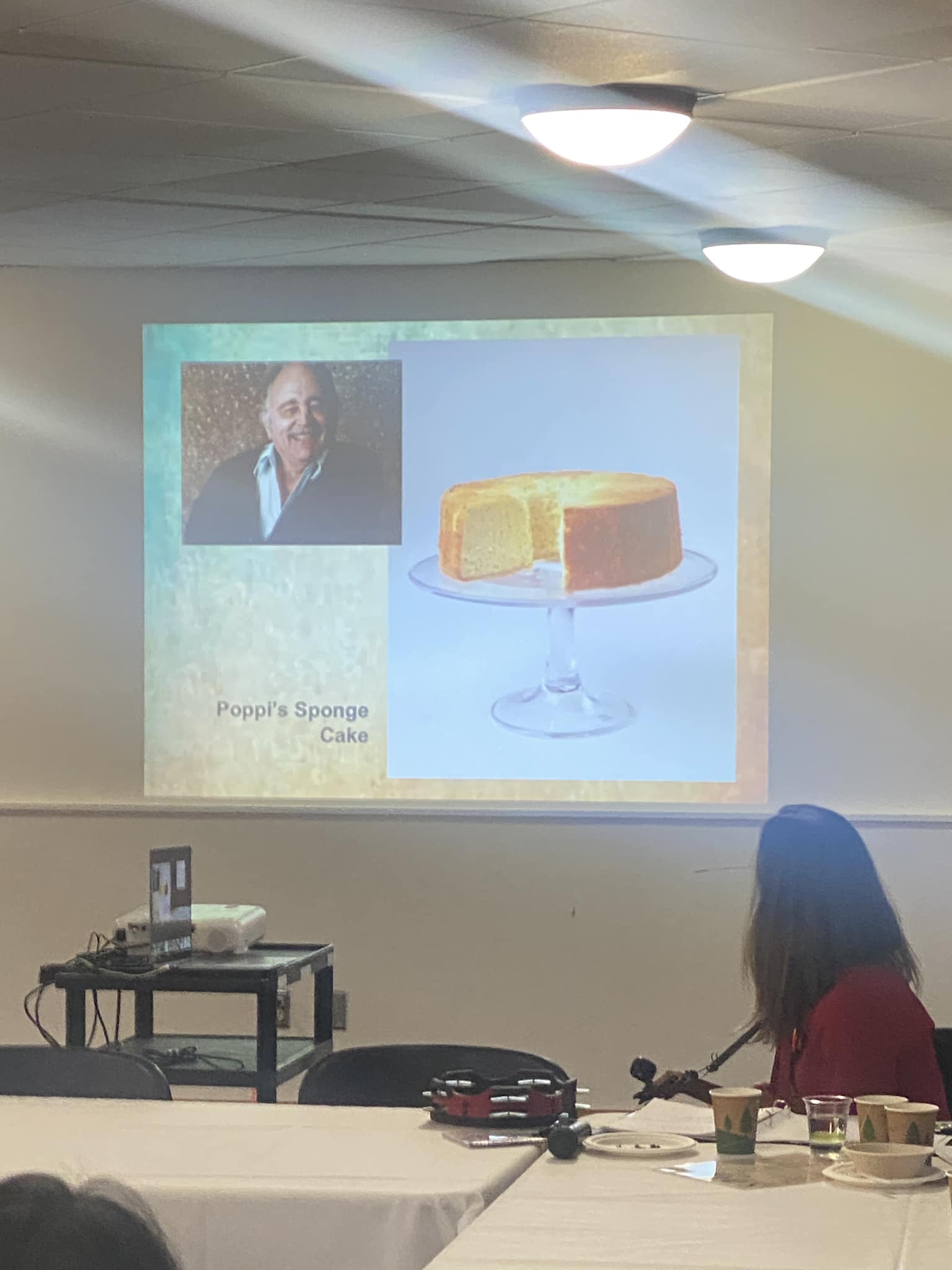
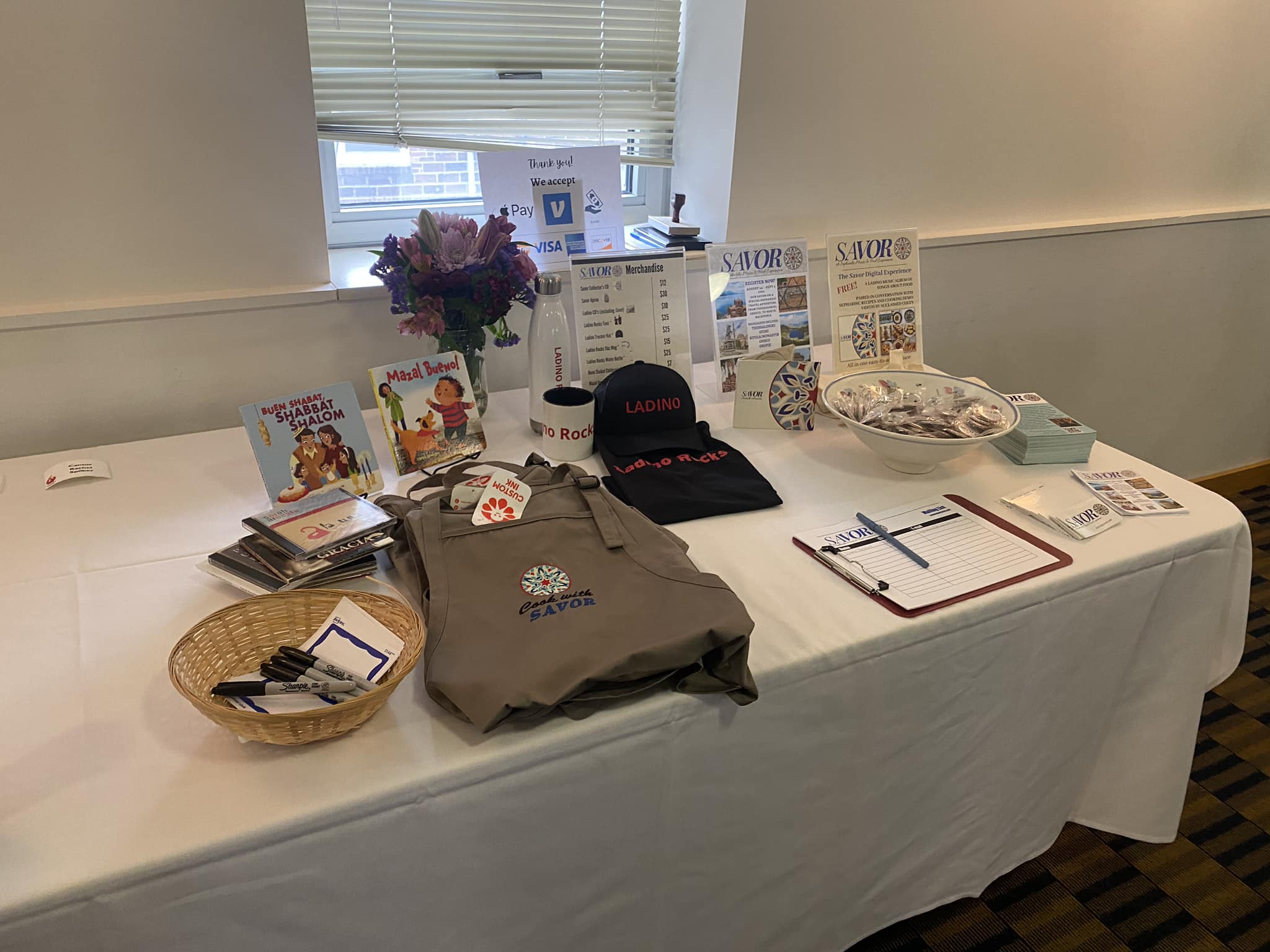
Blind John Davis (December 7, 1913 – October 12, 1985) was an American blues and boogie-woogiepianist and singer. He is best remembered for his recordings, including “A Little Every Day” and “Everybody’s Boogie”. Davis was born in Hattiesburg, Mississippi, and relocated with his family to Chicago at the age of two.Seven years later, he had lost his sight. In his early years Davis backed Merline Johnson, and by his mid-twenties he was a well-known and reliable accompanying pianist. Between 1937 and 1942, he recorded with Big Bill Broonzy, Sonny Boy Williamson I, Tampa Red, Red Nelson, Merline Johnson, and others. He also made several records of his own, singing in his lightweight voice.
Having played in various recording sessions with Lonnie Johnson, Davis teamed up with him in the 1940s. He recorded later on his own. His “No Mail Today” (1949) was a minor hit. Most of Doctor Clayton‘s later recordings featured Davis on piano.
He toured Europe with Broonzy in 1952, the first blues pianist to do so. In later years Davis toured and recorded frequently in Europe, where he enjoyed a higher profile than in the United States.
more...Called the Cone Nebula (in NGC 2264) – so named because in ground-based images it has a conical shape – this monstrous pillar resides in a turbulent star-forming region. This picture, taken by the newly installed Advanced Camera for Surveys (ACS) aboard the NASA/ESA Hubble Space Telescope, shows the upper 2.5 light-years of the Cone, a height that equals 23 million roundtrips to the Moon. The entire pillar is seven light-years long.
Radiation from hot, young stars (located beyond the top of the image) has slowly eroded the nebula over millions of years. Ultraviolet light heats the edges of the dark cloud, releasing gas into the relatively empty region of surrounding space. There, additional ultraviolet radiation causes the hydrogen gas to glow, which produces the red halo of light seen around the pillar. A similar process occurs on a much smaller scale to gas surrounding a single star, forming the bow-shaped arc seen near the upper left side of the Cone. This arc, seen previously with the Hubble telescope, is 65 times larger than the diameter of our Solar System. The blue-white light from surrounding stars is reflected by dust. Background stars can be seen peeking through the evaporating tendrils of gas, while the turbulent base is pockmarked with stars reddened by dust.
Over time, only the densest regions of the Cone will be left. But inside these regions, stars and planets may form. The Cone Nebula resides 2500 light-years away in the constellation Monoceros.
The Cone is a cousin of the M16 pillars, which the Hubble telescope imaged in 1995. Consisting mainly of cold gas, the pillars in both regions resist being eroded away by the blistering ultraviolet radiation from young, massive stars. Pillars like the Cone and M16 are common in large regions of star birth. Astronomers believe that these pillars may be incubators for developing stars.
The ACS made this observation on 2 April 2002. The colour image is constructed from three separate images taken in blue, near-infrared, and hydrogen-alpha filters.
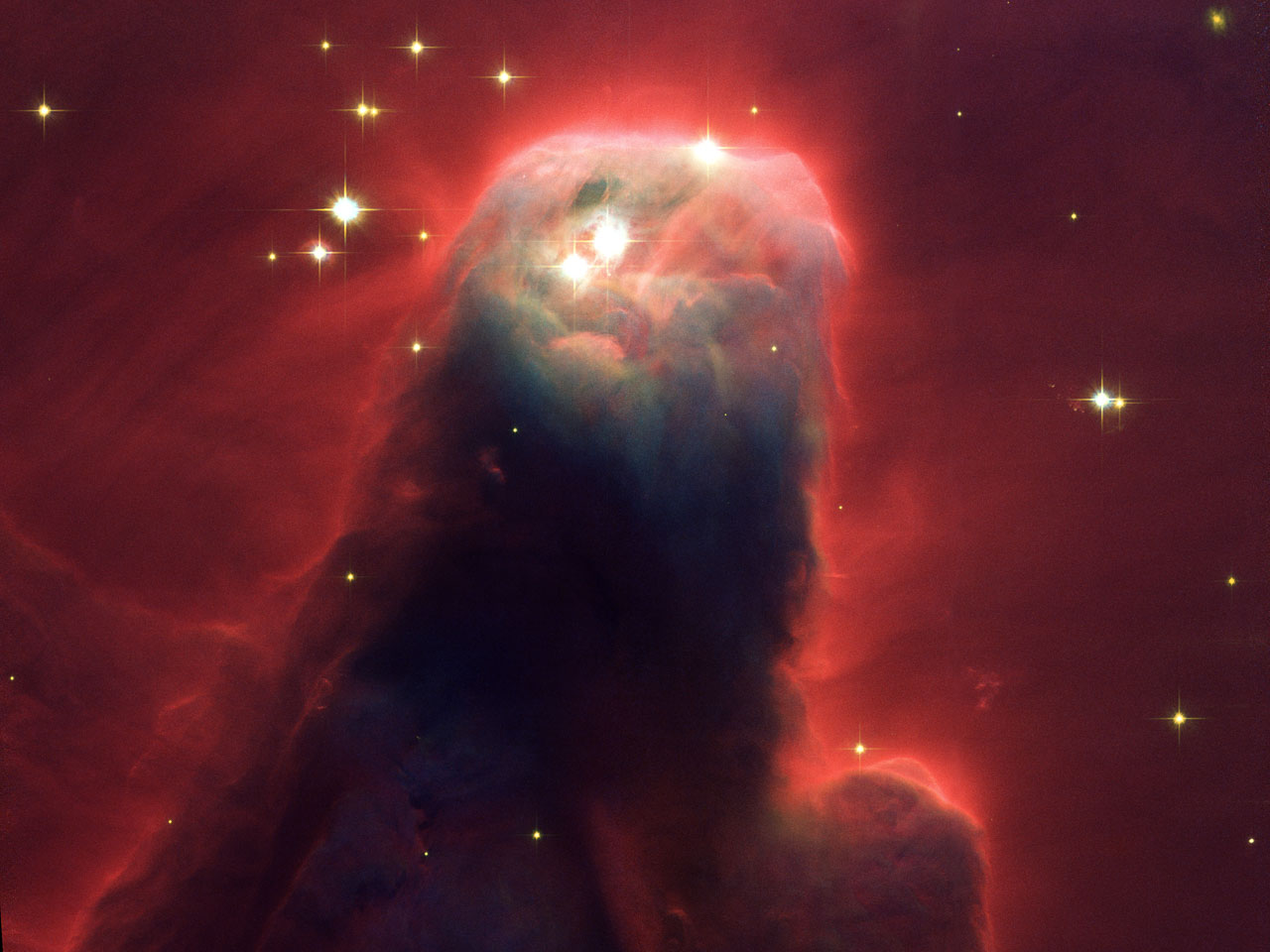
Thomas Alan Waits (born December 7, 1949) is an American musician, composer, songwriter, and actor. His lyrics often focus on society’s underworld and are delivered in his trademark deep, gravelly voice. He began in the folk scene during the 1970s, but his music since the 1980s has reflected the influence of such diverse genres as rock, Delta blues, opera, vaudeville, cabaret, funk, hip hop and experimental techniques verging on industrial music. Per The Wall Street Journal, Waits “has composed a body of work that’s at least comparable to any songwriter’s in pop today. A keen, sensitive and sympathetic chronicler of the adrift and downtrodden, Mr. Waits creates three-dimensional characters who, even in their confusion and despair, are capable of insight and startling points of view. Their stories are accompanied by music that’s unlike any other in pop history.”
Tom Waits was born and raised in a middle-class family in Pomona, California. Inspired by the work of Bob Dylan and the Beat Generation, he began singing on the San Diego folk circuit. He relocated to Los Angeles in 1972, where he worked as a songwriter before signing a recording contract with Asylum Records. His first albums were the jazzy Closing Time (1973), The Heart of Saturday Night (1974) and Nighthawks at the Diner (1975), which reflected his lyrical interest in poverty, criminality and nightlife. He repeatedly toured the United States, Europe and Japan, and found greater critical and commercial success with Small Change (1976), Blue Valentine (1978) and Heartattack and Vine (1980). During this period, Waits entered the world of film, acting in Paradise Alley (1978), where he met a young story editor named Kathleen Brennan. He composed the soundtrack for Francis Ford Coppola‘s One from the Heart (1982) and made cameos in several subsequent Coppola films.
In 1980, Waits married Brennan, split from his manager and record label, and moved to New York City. With Brennan’s encouragement and frequent collaboration, he pursued a more eclectic and experimental sound influenced by Harry Partch and Captain Beefheart, as heard on the loose trilogy Swordfishtrombones (1983), Rain Dogs (1985) and Franks Wild Years (1987). Waits starred in Jim Jarmusch‘s Down by Law (1986), lent his voice to his Mystery Train (1989), composed the soundtrack for his Night on Earth (1991) and appeared in his Coffee and Cigarettes (2003). He collaborated with Robert Wilson and William S. Burroughs on the “cowboy opera” The Black Rider (1990), the songs for which were released on the album The Black Rider. Waits and Wilson collaborated again on Alice (2002) and Woyzeck(2000). Bone Machine (1992) and Mule Variations (1999) won Grammys for Best Alternative Music Albumand Best Contemporary Folk Album, respectively. In 2002, the songs from Alice and Wozzeck were recorded and released on the albums Alice and Blood Money. Waits went on to release Real Gone (2004), the compilation Orphans: Brawlers, Bawlers & Bastards (2006), the live album Glitter and Doom Live (2009) and Bad as Me (2011).
Waits has influenced many artists and gained an international cult following. His songs have been covered by Bruce Springsteen, Tori Amos, Rod Stewart and the Ramones and he has written songs for Johnny Cash and Norah Jones, among others. In 2011, he was inducted into the Rock and Roll Hall of Fame. Introducing him, Neil Young said: “This next man is indescribable, and I’m here to describe him. He’s sort of a performer, singer, actor, magician, spirit guide, changeling… I think it’s great that the Rock and Roll Hall of Fame has recognized this immense talent. Could have been the Motion Picture Hall of Fame, could have been the Blues Hall of Fame, could have been the Performance Artist Hall of Fame, but it was the Rock and Roll Hall of Fame that recognized the great Tom Waits.” In accepting the award, Waits mused, “They say that I have no hits and that I’m difficult to work with. And they say that like it’s a bad thing!”
more...Mads Vinding (born 7 December 1948, Copenhagen, Denmark) is a Danish jazz double-bassist.
Vinding began his professional career when he was 16 as the house bassist for Jazzhus Montmartre, a jazz club in Copenhagen. He has played on more than 800 recordings and more than 1000 Radio/TV shows.
more...Louis Leo Prima (December 7, 1910 – August 24, 1978 NOLA) was an American trumpeter, singer, entertainer, and bandleader. While rooted in New Orleans jazz, swing music, and jump blues, Prima touched on various genres throughout his career: he formed a seven-piece New Orleans–style jazz band in the late 1920s, fronted a swing combo in the 1930s and a big band group in the 1940s, helped to popularize jump blues in the late 1940s and early to mid 1950s, and performed frequently as a Vegaslounge act beginning in the 1950s.
From the 1940s through the 1960s, his music further encompassed early R&B and rock ‘n’ roll, boogie-woogie, and Italian folk music, such as the tarantella. Prima made prominent use of Italian music and language in his songs, blending elements of his Italian and Sicilian identity with jazz and swing music. At a time when ethnic musicians were discouraged from openly stressing their ethnicity, Prima’s conspicuous embrace of his Sicilian ethnicity opened the doors for other Italian-American and ethnic American musicians to display their ethnic roots.
Prima is also known for providing the voice for the orangutan King Louie in the 1967 Disney film The Jungle Book.
more...Friday December 6th 2024 6pm Erev Shabbat Service: Building Bridges in a Time of Polarization music with Inbal Sharett-Singer, Jayson Rodovsky, Jeff Bailey, Peter Whitman and mick laBriola.
more...NGC 300 (also known as Caldwell 70 or the Sculptor Pinwheel Galaxy) is a spiral galaxy in the constellation Sculptor. It was discovered on 5 August 1826 by Scottish astronomer James Dunlop.It is one of the closest galaxies to the Local Group, and it most likely lies between the latter and the Sculptor Group. It is the brightest of the five main spirals in the direction of the Sculptor Group. It is inclined at an angle of 42° when viewed from Earth and shares many characteristics of the Triangulum Galaxy. It is 94,000 light-years in diameter, somewhat smaller than the Milky Way, and has an estimated mass of (2.9 ± 0.2) × 1010 M☉.
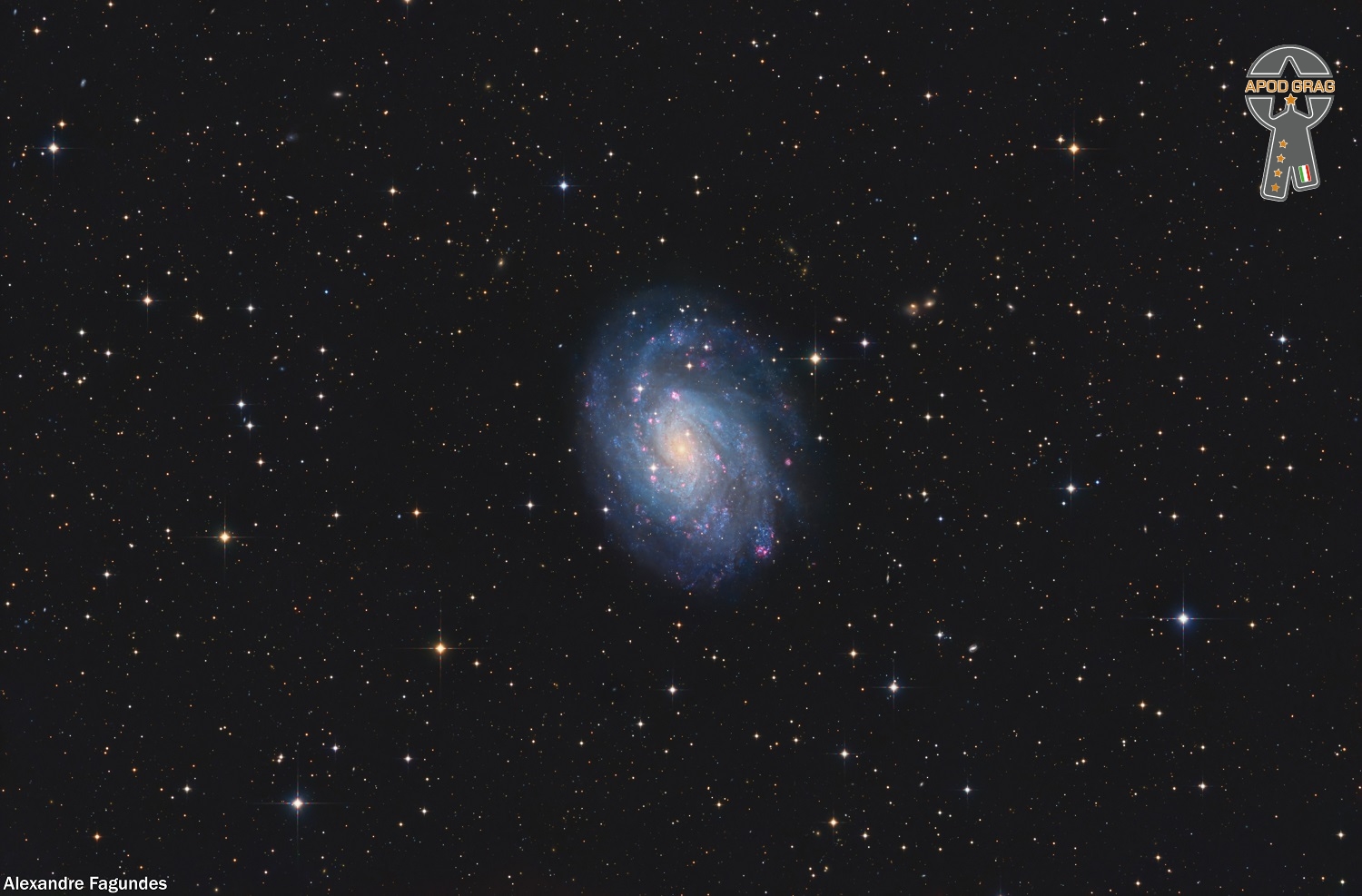
Joseph Francis Lamb (December 6, 1887 – September 3, 1960) was an American composer of ragtime music. Lamb, of Irish descent, was the only non-African American of the “Big Three” composers of classical ragtime, the other two being Scott Joplin and James Scott. The ragtime of Joseph Lamb ranges from standard popular fare to complex and highly engaging. His use of long phrases was influenced by classical works he had learned from his sister and others while growing up, but his sense of structure was potentially derived from his study of Joplin’s piano rags. By the time he added some polish to his later works in the 1950s, Lamb had mastered the classic rag genre in a way that almost no other composer was able to approach at that time, and continued to play it passably as well, as evidenced by at least two separate recordings done in his home, as well as a few recorded interviews.
more...Miroslav Ladislav Vitouš (born 6 December 1947) is a Czech jazz bassist.
Born in Prague, Vitouš began the violin at age six, switching to piano after about three years, and then to bass at age fourteen. As a young man in Europe, Vitouš was a competitive swimmer. One of his early music groups was the Junior Trio with his brother Alan on drums and Jan Hammer on keyboards. He studied music at the Prague Conservatory under František Pošta, and won a music contest in Vienna in 1966 that gave him a scholarship to the Berklee College of Music in Boston, which he attended one year before going to Chicago to play with a group co-led by the classically inclined trombonist Bob Brookmeyerand flugelhorn pioneer Clark Terry.
more...More Posts
- Daily Roots Patrick Alley
- Freddie Waits
- Somali Blues & JD Steele St Johns University
- Cosmo IC 418
- Ann Peebles
- Jim Keltner
- Connie Kay
- World Music Salaad Darbi
- Daily Roots Bim Sherman
- Teddy Edwards
- Arbor Day 2025
- Mayday Ceremony Rehearsals
- Cosmo NGC 5335
- Padú del Caribe
- L. Shankar
- Johnny Shines
- World Music KABAN VIOLINE
- Daily Roots Phillip Fraser
- Vassar Clements
- Mt Zion Shabbat for the Soul
